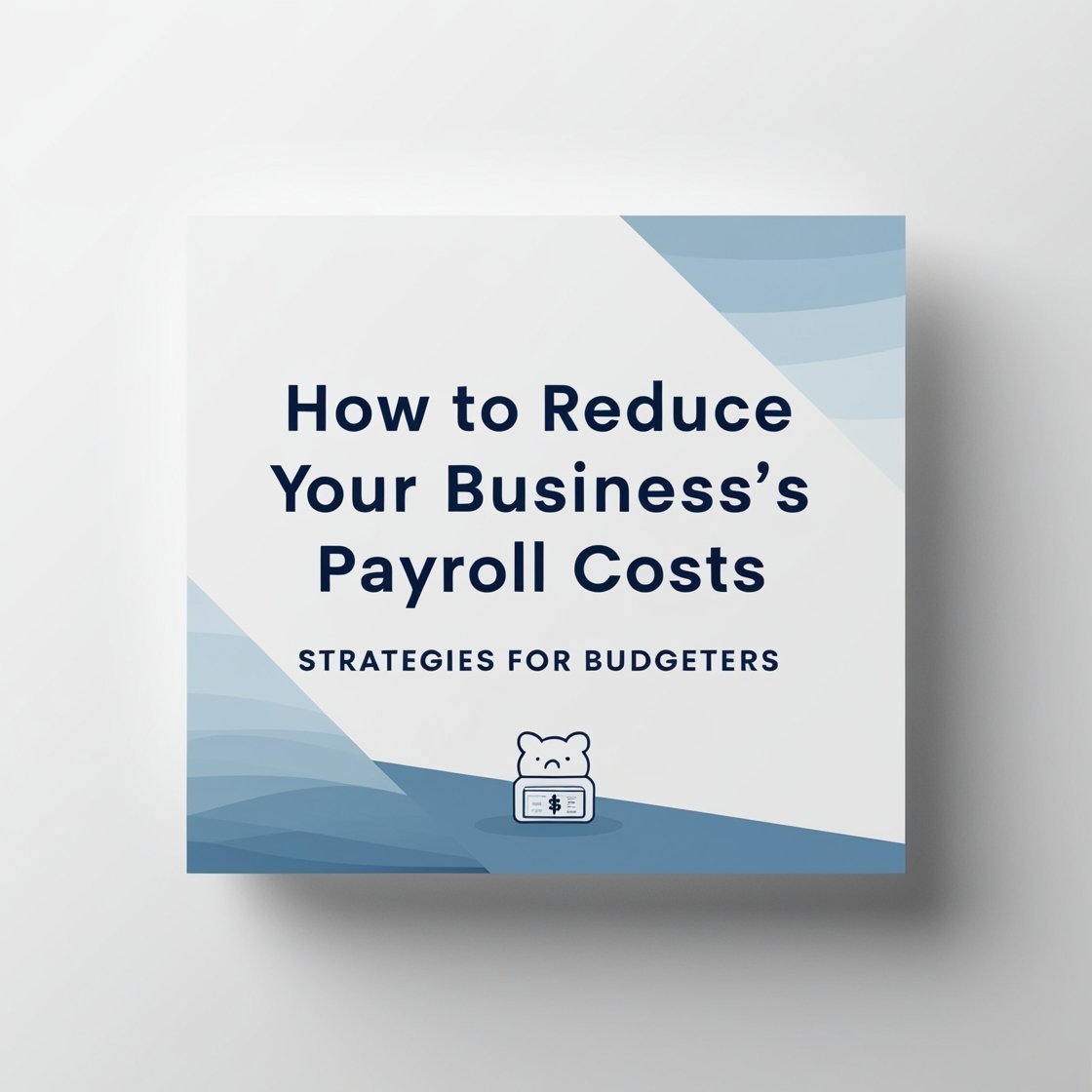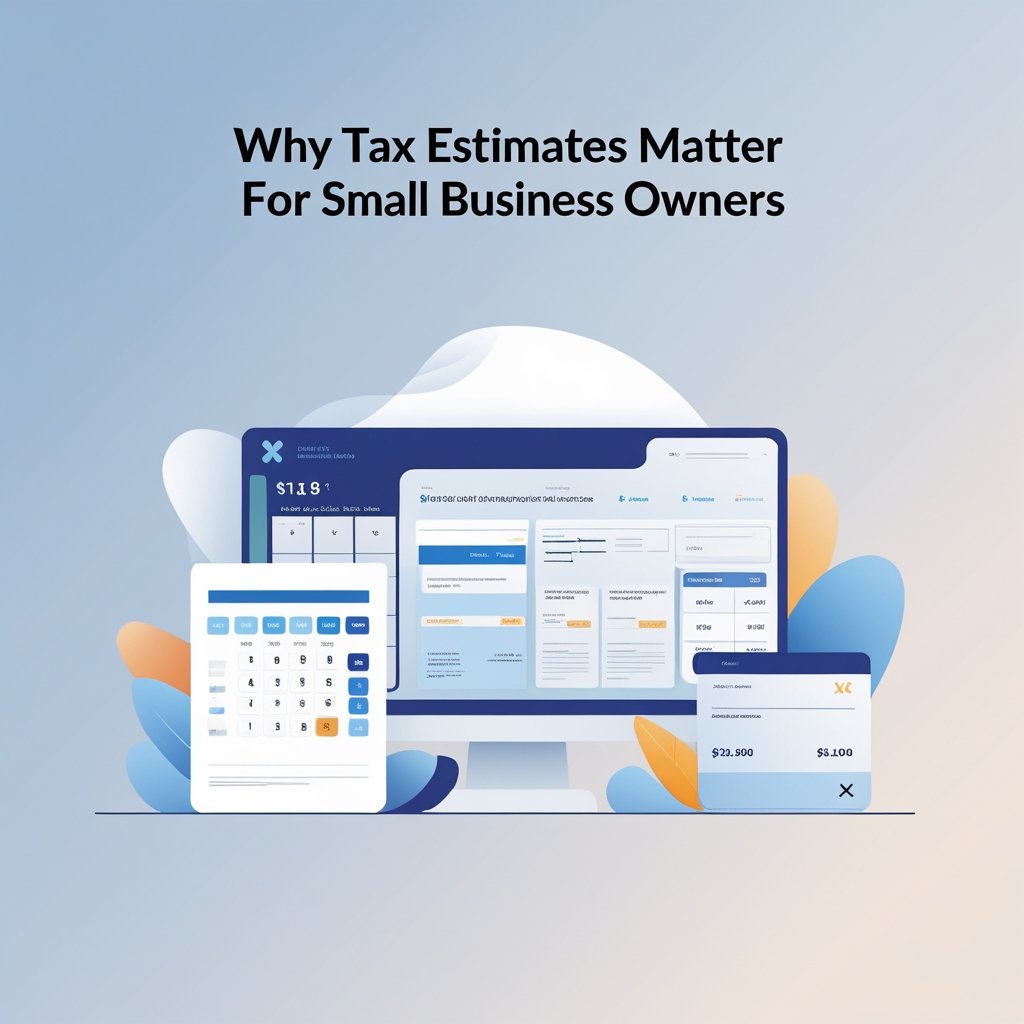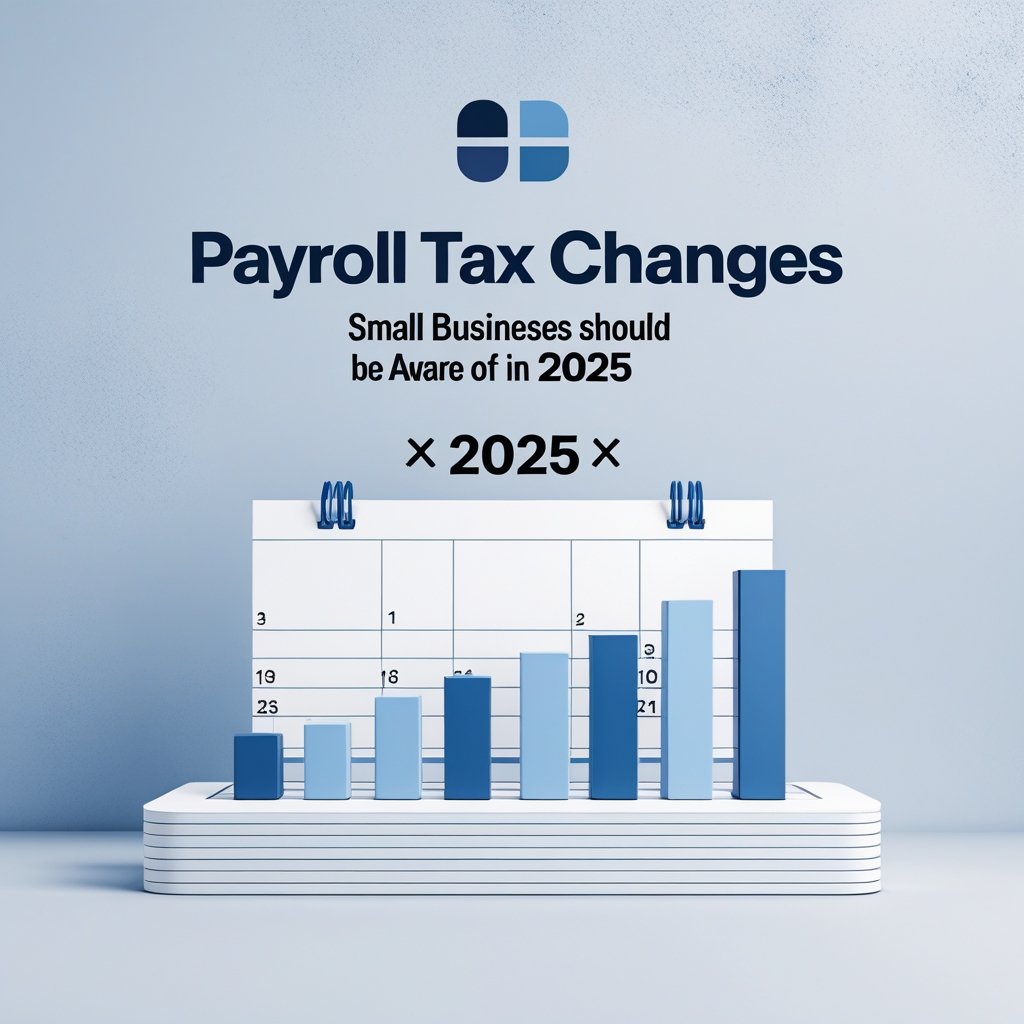Payroll expenses are often one of the most significant costs for any business. While maintaining competitive wages is essential to attract and retain talent, high payroll costs can strain a business’s budget. Fortunately, there are several strategies you can employ to reduce payroll expenses without compromising employee satisfaction. Here’s a guide on how to make payroll more manageable and cost-effective.
- Consider Hiring Part-Time or Seasonal Employees
One effective way to reduce payroll costs is to hire part-time or seasonal employees. These workers can help handle periods of increased demand without the long-term financial commitment that comes with full-time salaries and benefits.
- Part-Time Workers: Part-time employees work fewer hours, so they cost less overall and often don’t qualify for full benefits. This can save on expenses related to healthcare, retirement plans, and paid time off.
- Seasonal Workers: Hiring employees only during peak times (like the holiday season or tax season) allows you to manage payroll costs by paying for labor only when it’s needed most.
- Utilize Outsourcing and Freelancers
Outsourcing tasks to freelancers or third-party vendors can reduce payroll expenses while still maintaining productivity. Many specialized tasks, such as content creation, marketing, or IT support, can be effectively handled by freelancers or contractors who are paid only for the specific work they complete.
- Benefits of Freelancers: Freelancers are generally not eligible for benefits, which can cut down on costs. They also allow flexibility in scaling up or down based on project needs.
- Outsource Non-Core Functions: Consider outsourcing administrative or operational tasks that don’t need to be handled in-house, such as payroll processing, bookkeeping, or customer service.
- Automate Payroll and Administrative Tasks
Automation can significantly reduce the time and effort needed for payroll processing, allowing you to save on labor costs. Payroll software solutions can handle tax calculations, direct deposits, and record-keeping, reducing the need for additional staff to manage payroll functions.
- Payroll Automation: Many payroll systems automate complex processes, helping avoid costly errors and late payment penalties. By streamlining payroll, you save not only time but also resources.
- Employee Self-Service Portals: Allowing employees to manage aspects like time tracking, direct deposit setups, and tax document downloads can reduce the administrative load and streamline HR functions.
- Review and Optimize Employee Benefits
Employee benefits play a critical role in job satisfaction, but they also contribute to payroll costs. By optimizing your benefits package, you can reduce costs while still offering attractive perks.
- Evaluate Healthcare Plans: Review health insurance options each year to find the best coverage at the most affordable rates. Consider high-deductible health plans (HDHPs) coupled with Health Savings Accounts (HSAs) to save on premiums.
- Offer Voluntary Benefits: Instead of paying for additional benefits, you can offer voluntary benefits, like dental and vision insurance, where employees can opt-in and pay the premiums themselves.
- Flexible Work Arrangements: Offering remote or hybrid work options can help reduce overhead costs related to commuting stipends or parking reimbursements, and employees may be willing to accept lower compensation in exchange for flexibility.
- Implement Cross-Training Programs
Cross-training employees allows your team to cover multiple roles, reducing the need to hire extra staff or pay overtime. This is especially beneficial for small businesses that have limited budgets but need to maintain flexibility.
- Build a Versatile Team: Cross-training allows team members to take on additional responsibilities as needed. For instance, an administrative assistant could be trained to handle payroll entry, or a sales associate might learn inventory management.
- Reduce Overtime: Cross-training can help you avoid overtime costs by distributing workload more evenly across trained employees, preventing burnout and excessive labor expenses.
- Optimize Overtime and Shift Scheduling
Overtime pay can quickly inflate payroll costs. By managing employee schedules and setting clear policies, you can avoid unnecessary overtime expenses.
- Use Scheduling Software: Digital scheduling tools can help you avoid over-scheduling and better plan shifts to meet business needs without overtime.
- Enforce a No-Overtime Policy: Implement a strict overtime policy that requires pre-approval for any overtime hours worked. This can help prevent unintentional overtime costs and keep labor within budget.
- Hire On-Call Staff: If you need flexibility, consider having part-time or on-call staff who can fill in as needed rather than paying overtime to full-time employees.
- Encourage Employee Retention
Turnover can lead to high replacement costs, from recruiting and training new hires to lost productivity. Implementing strategies to retain employees can help you avoid these added payroll expenses.
- Invest in Professional Development: Offering opportunities for career growth, training, and skill-building can lead to higher job satisfaction, reducing turnover.
- Foster a Positive Company Culture: Employee engagement and satisfaction play a key role in retention. Creating a positive workplace with open communication and recognition programs can encourage employees to stay longer.
- Offer Competitive Pay and Benefits: Although reducing payroll costs is the goal, it’s essential to balance this with fair compensation to retain talent. Avoid the costs associated with replacing employees by offering competitive pay and benefits.
- Consider Offering Profit Sharing or Performance-Based Bonuses
Instead of fixed salary increases, profit-sharing or performance-based bonuses can be a cost-effective way to incentivize employees. These options can align compensation with company performance, rewarding employees when the business performs well without committing to a higher ongoing payroll cost.
- Profit Sharing: Employees receive a portion of company profits, motivating them to work harder without requiring a fixed raise.
- Performance Bonuses: Employees earn bonuses based on achieving specific goals, allowing you to control payroll expenses more effectively.
- Regularly Review Payroll Processes for Efficiency
Analyzing payroll practices annually can help you identify inefficiencies and opportunities for cost reduction. Whether it’s evaluating your payroll provider, adjusting payroll frequency, or reviewing employee classifications, an annual payroll audit can reveal areas where you can reduce expenses.
- Conduct a Payroll Audit: This involves examining all payroll processes and employee classifications to ensure compliance and avoid errors. Misclassified employees or unchecked errors can be costly, so it’s important to audit regularly.
- Optimize Payroll Frequency: While paying weekly may be preferred by some employees, it adds processing costs. Switching to bi-weekly or monthly payroll can reduce administrative expenses.






